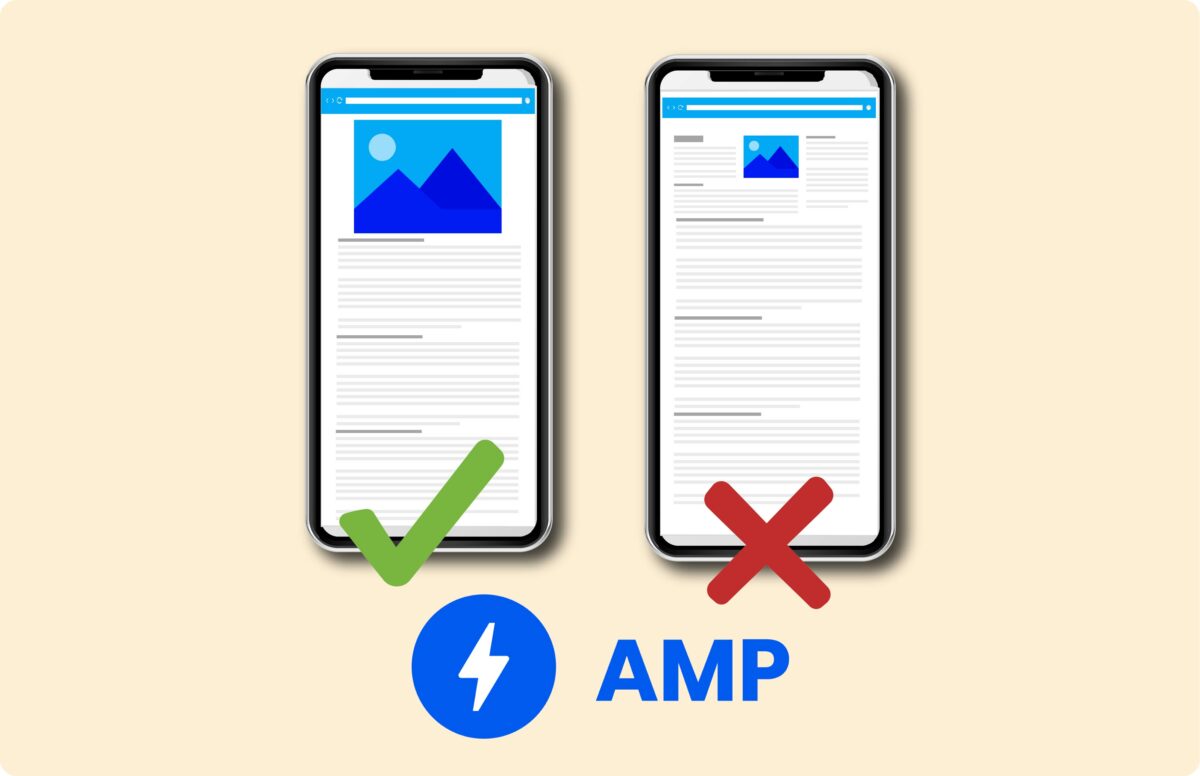SEO for mobile-first indexing

Mobile-first indexing is a change in the way Google indexes Web sites. Instead of looking at the desktop version of a site first, Google now looks at the mobile version first. This means that your mobile site is the basis for how your website scores in search results. In this article, I provide detailed insights and practical steps to help you SEO strategy to adapt for mobile-first indexing.
What is mobile-first indexing?
Mobile-first indexing means that Google primarily uses the mobile version of your site’s content to determine how it should be ranked in search results. This does not mean mobile-only indexing; it means that the mobile version is the primary version Google uses.

Why is mobile-first indexing important?
With the majority of Internet users using mobile devices to search and browse, it makes sense for Google to focus on the mobile experience. If your mobile site is not properly optimized, it can negatively affect your ranking in search results. Mobile-first indexing ensures that users get the best experience regardless of the device they use.
Keep in mind that this varies by market. If you have a B2C webshop with products with a relatively low price, then the mobile share is more likely to be higher. When you have a B2B website with a process that requires a quote, desktop is usually more important. You can see this in GA4.
Based on this data, decide how much you want to invest in the mobile version of the website. Note that the mobile version of the website also indirectly affects the positions of the desktop version in Google.
Key SEO strategies for mobile-first indexing
Here are some key strategies to optimize your SEO for mobile-first indexing:
- Responsive design:
- Consistency: Make sure your website has a responsive design that adapts to different screen sizes. This means that the same content and functionalities are available on both desktop and mobile devices.
- Testing: Use tools such as Google’s Mobile-Friendly Test to verify that your website performs well on mobile devices. Make sure text is readable without having to zoom in and that buttons and links are easy to click.
- Mobile site speed:
- Load times: Optimize the load time of your mobile site. Use tools such as Google PageSpeed Insights to analyze your site’s performance and get recommendations for improvement.
- Compress images: Make sure images are optimized for the Web. Use modern formats such as WebP and make sure images load based on the device and screen size.
- Mobile-first content:
- Full content: Make sure the content on your mobile site is the same as on your desktop version. Google uses the mobile version to index your site, so all important content should be available on the mobile version.
- Readability: Ensure that text size is readable and that there is adequate space between lines and paragraphs. Long sentences and blocks of text should be avoided in favor of shorter, more concise content.
Technical optimizations for mobile-first
In addition to the basic strategies, there are some technical optimizations to consider:
- Dynamic display:
- Server configuration: Make sure your server is properly configured to support dynamic rendering. This means that the server can deliver different HTML and CSS versions based on the user’s device.
- Crawler access: Make sure Googlebot has access to all the resources needed to display your mobile site correctly, such as CSS, JavaScript and images.
- Structured data:
- Rich snippets: Use structured data (schema markup) to help search engines understand what your content is about. Make sure the structured data is consistent on both desktop and mobile versions.
- Mobile-specific markup: Make sure your structured data is mobile-friendly and displays correctly on mobile devices.
- AMP (Accelerated Mobile Pages):
- Implementation: Consider using AMP to improve the load time of your mobile pages. AMP pages are optimized for speed and provide a better user experience on mobile devices.
- Consistency: Make sure AMP pages offer the same content and functionality as the non-AMP version of your pages.

Content optimization for mobile-first
Content remains a crucial part of SEO, even for mobile-first indexing. Here are some tips for optimizing your content:
- Mobile-friendly formats:
- Short paragraphs: Use short paragraphs and sentences to improve readability on smaller screens.
- Headings and subheads: Use clear headings and sub-headings to structure content and facilitate navigation.
- Media Optimization:
- Videos and images: Make sure videos and images display correctly on mobile devices. Use responsive embed techniques for videos and make sure images scale automatically.
- Alt-texts: Add alt texts to images to help search engines understand what the images are about and to improve accessibility.
- Internal links:
- Navigation: Use an easy-to-navigate menu that is optimized for mobile devices. Avoid too many internal links that can overwhelm the user.
- Footer links: Make sure key links are available in the footer of your mobile site so users can quickly access essential pages.
Summary
SEO for mobile-first indexing requires a combination of technical optimizations and content strategies. By implementing responsive design, fast load times, and mobile-first content, you can significantly improve your site’s visibility and organic traffic. Remember to regularly evaluate and update your SEO strategies to comply with the latest best practices and search engine algorithms. With a well-optimized mobile site, you can provide your users with a superior experience while strengthening your online presence.






